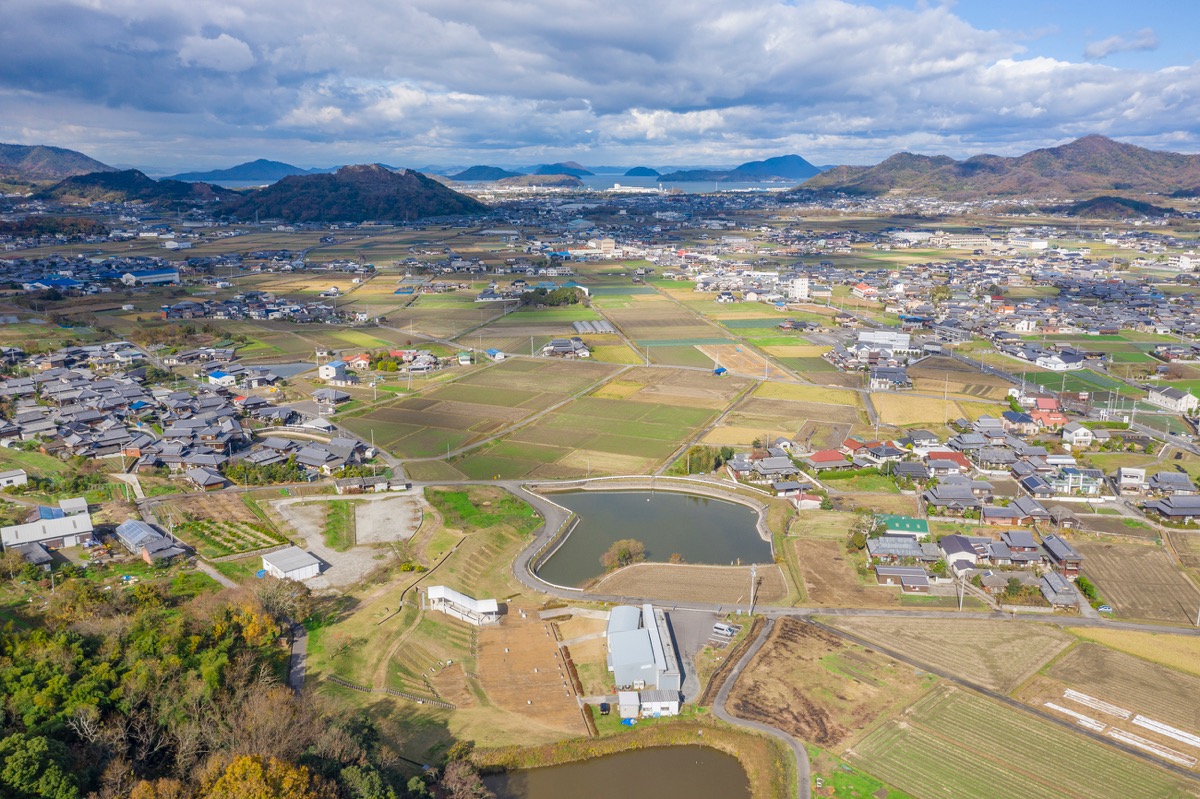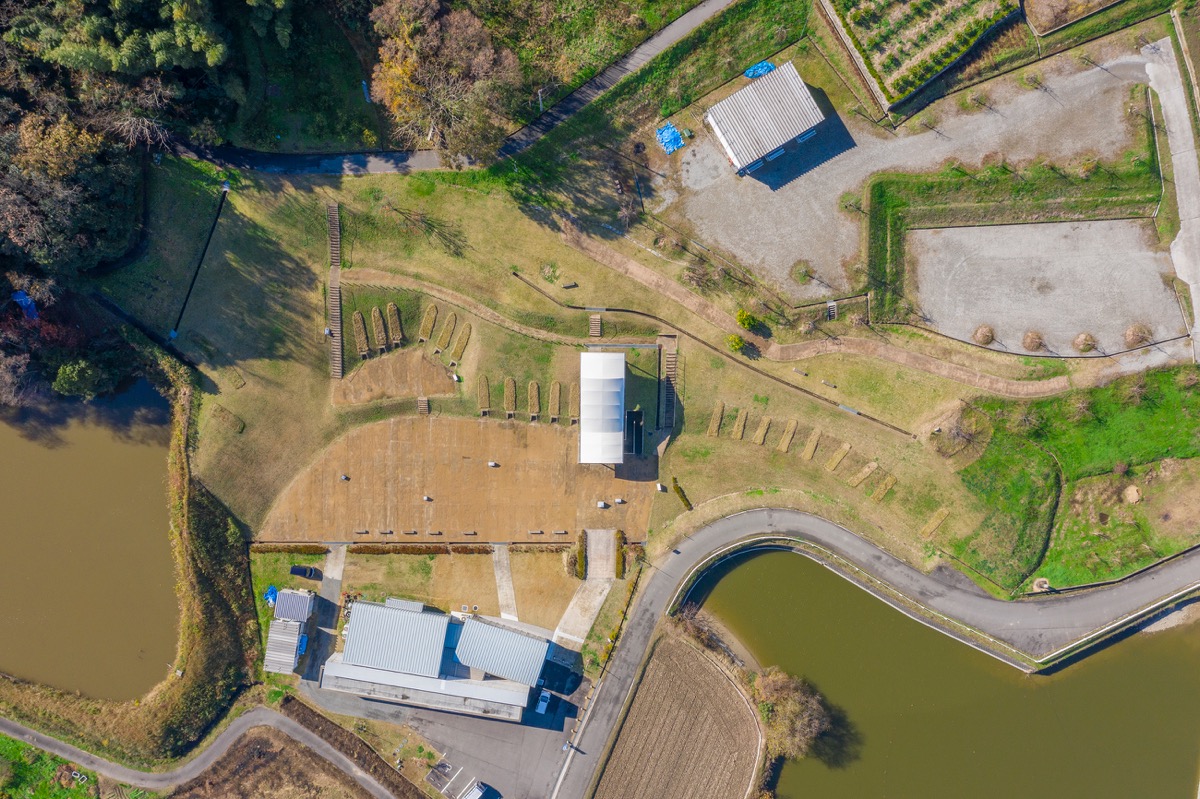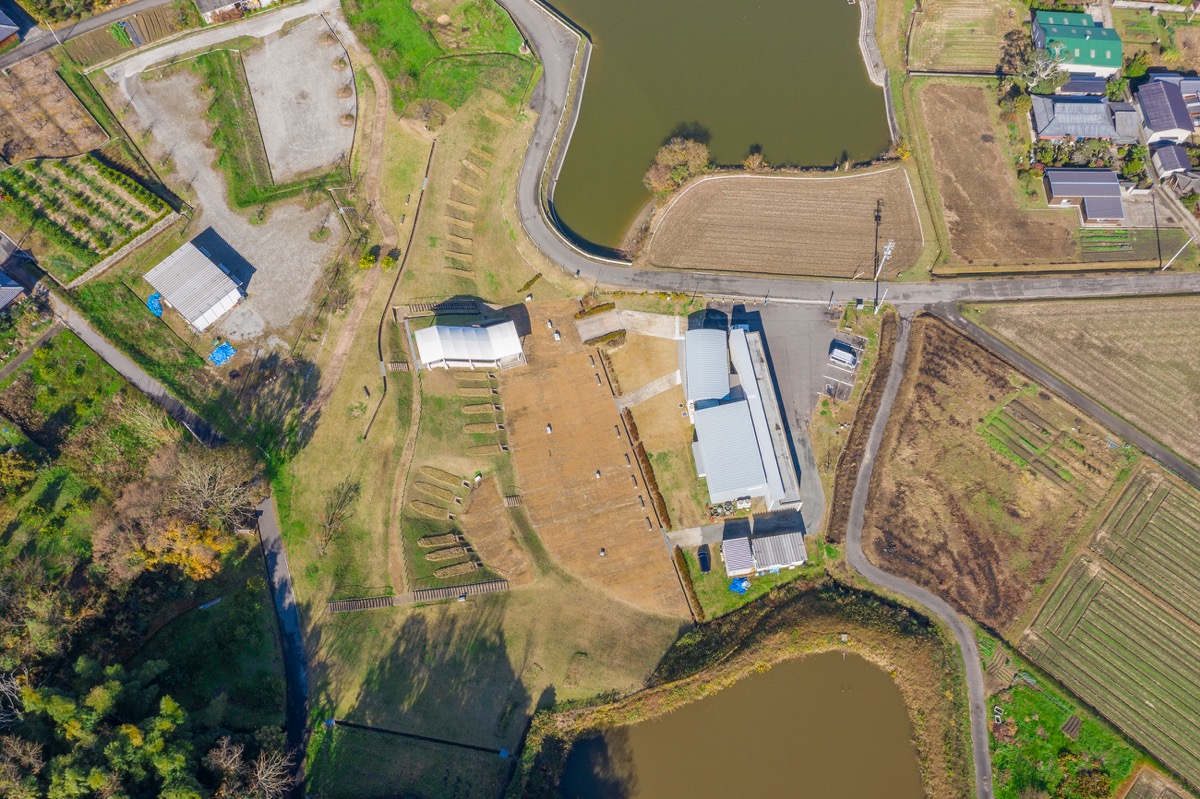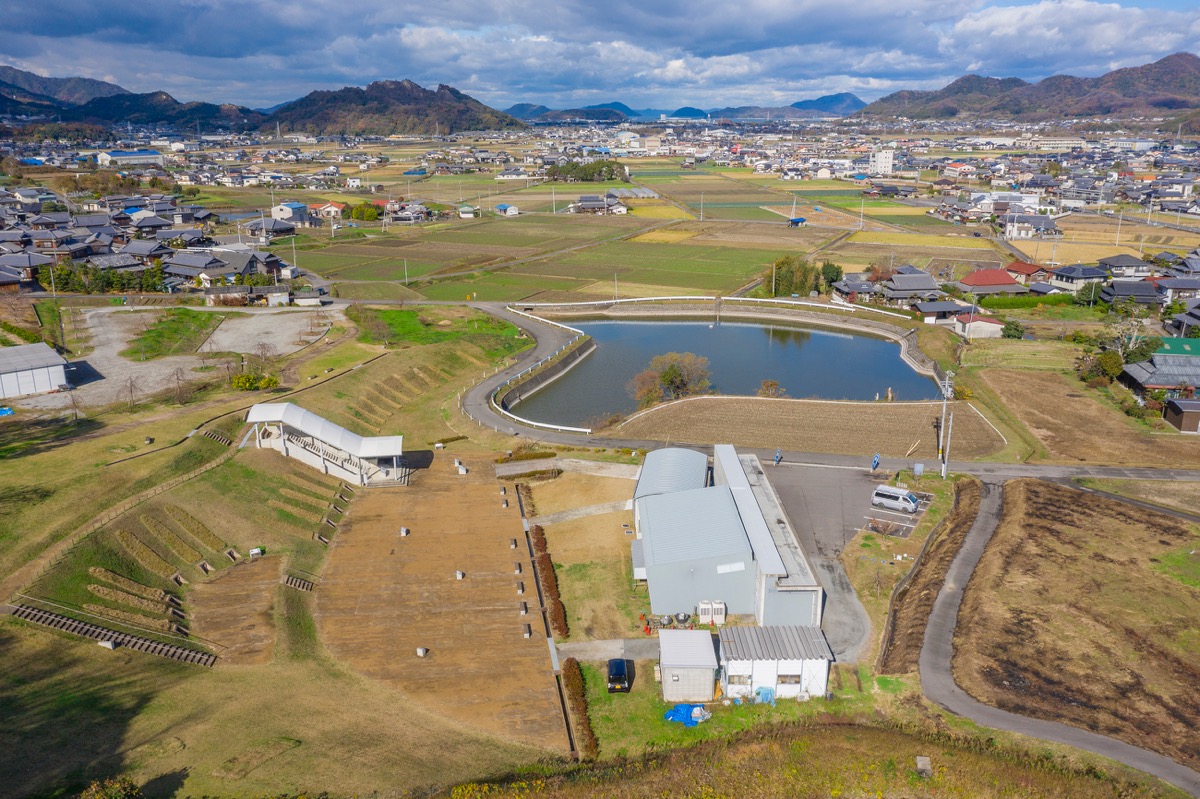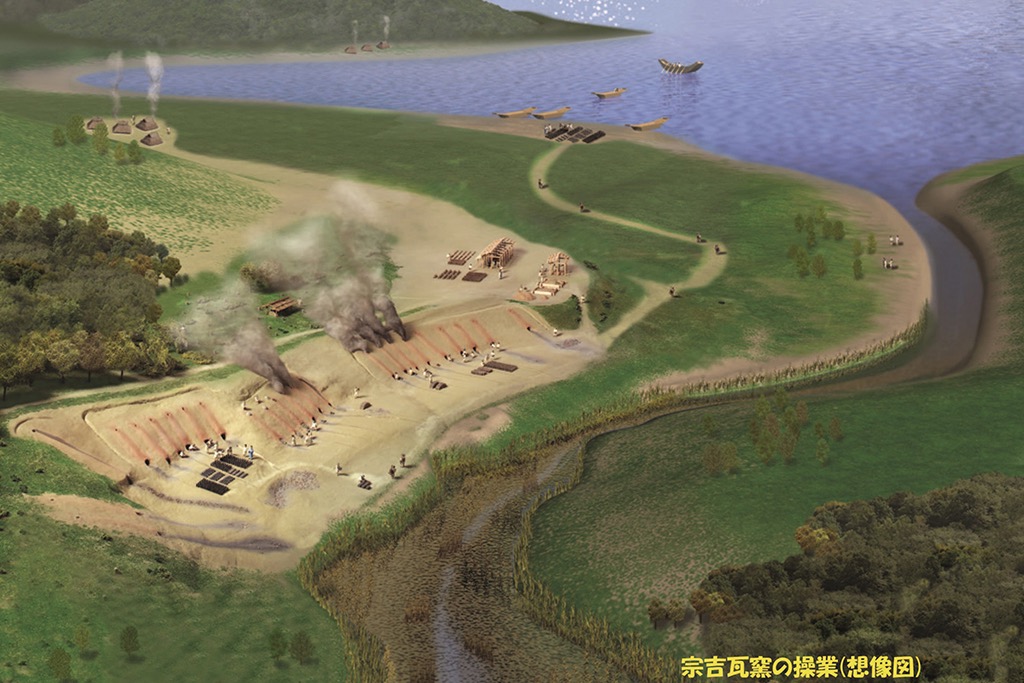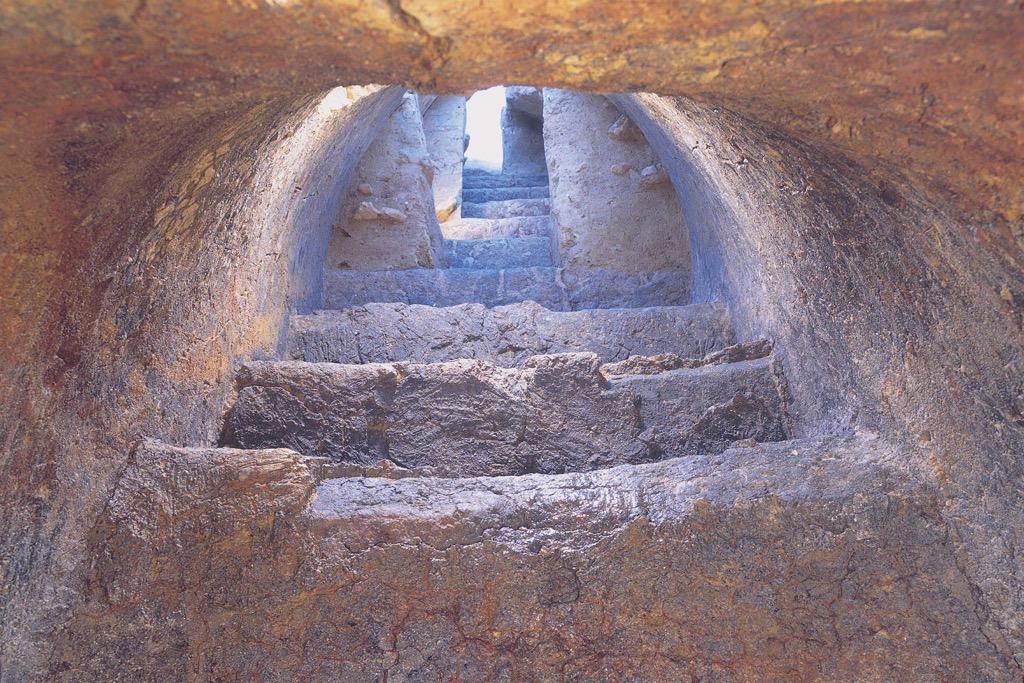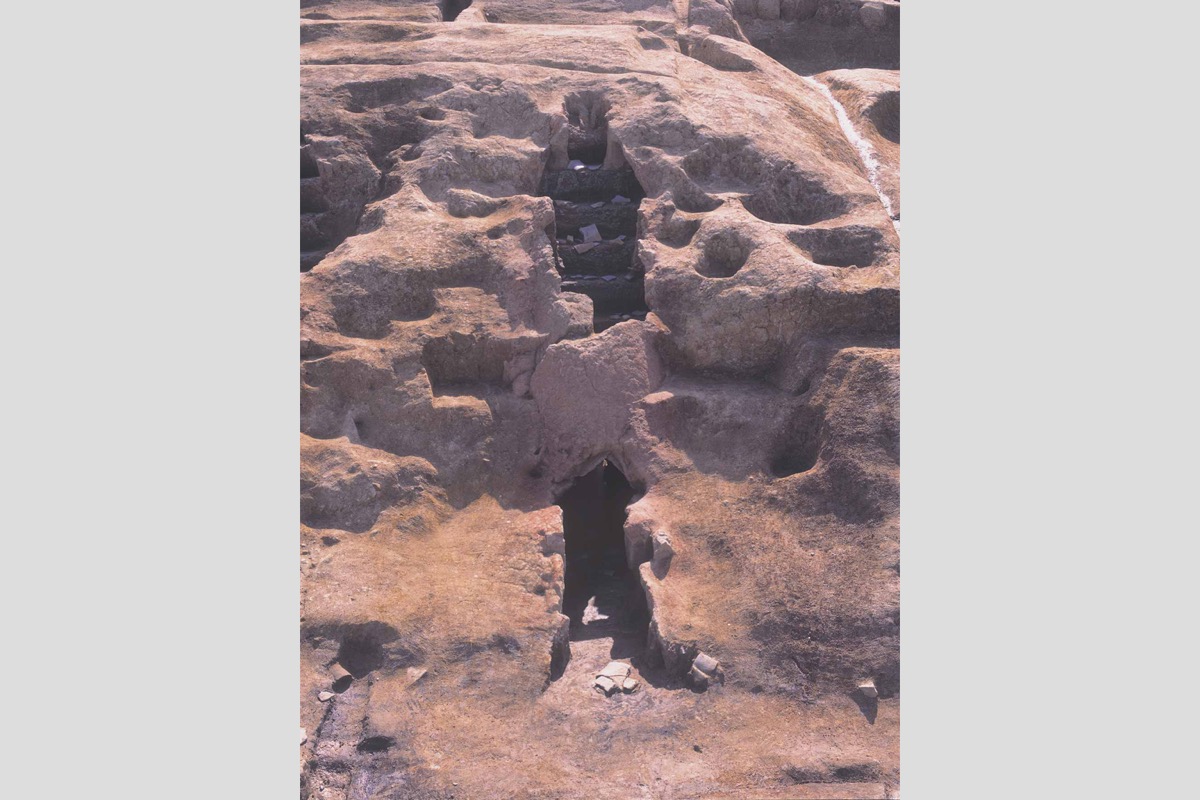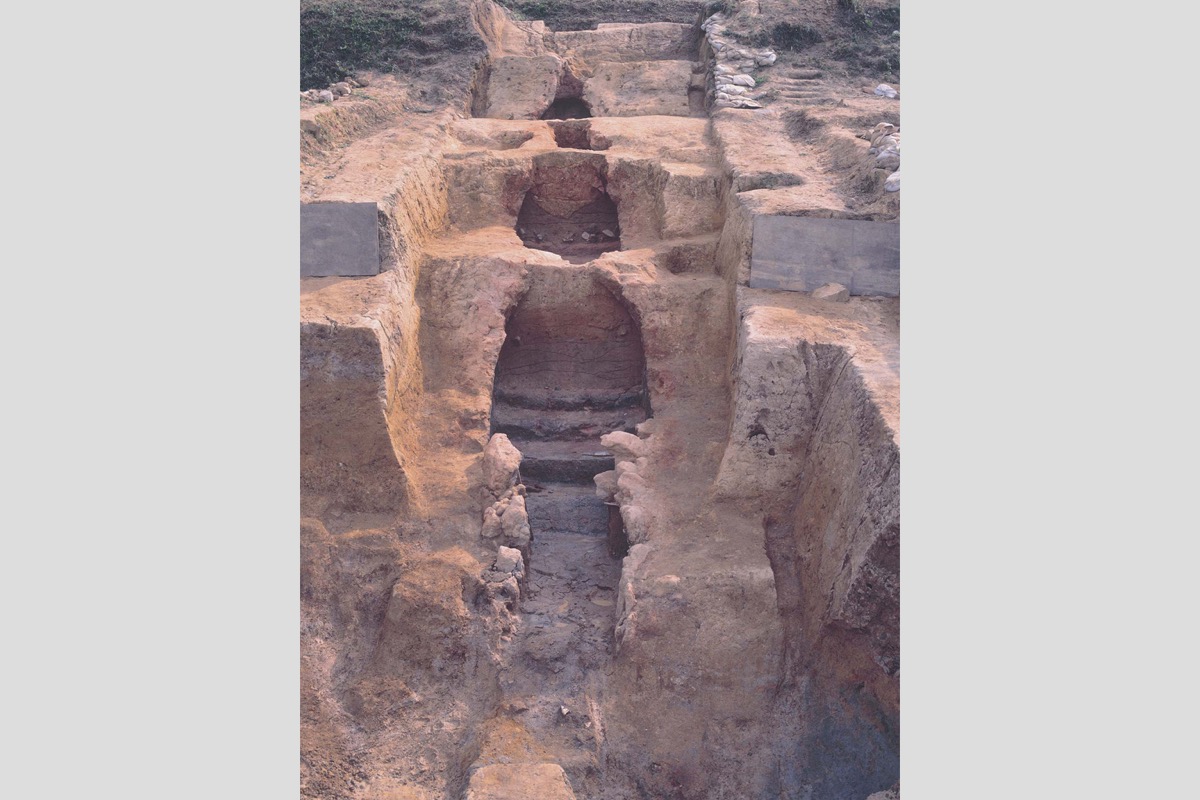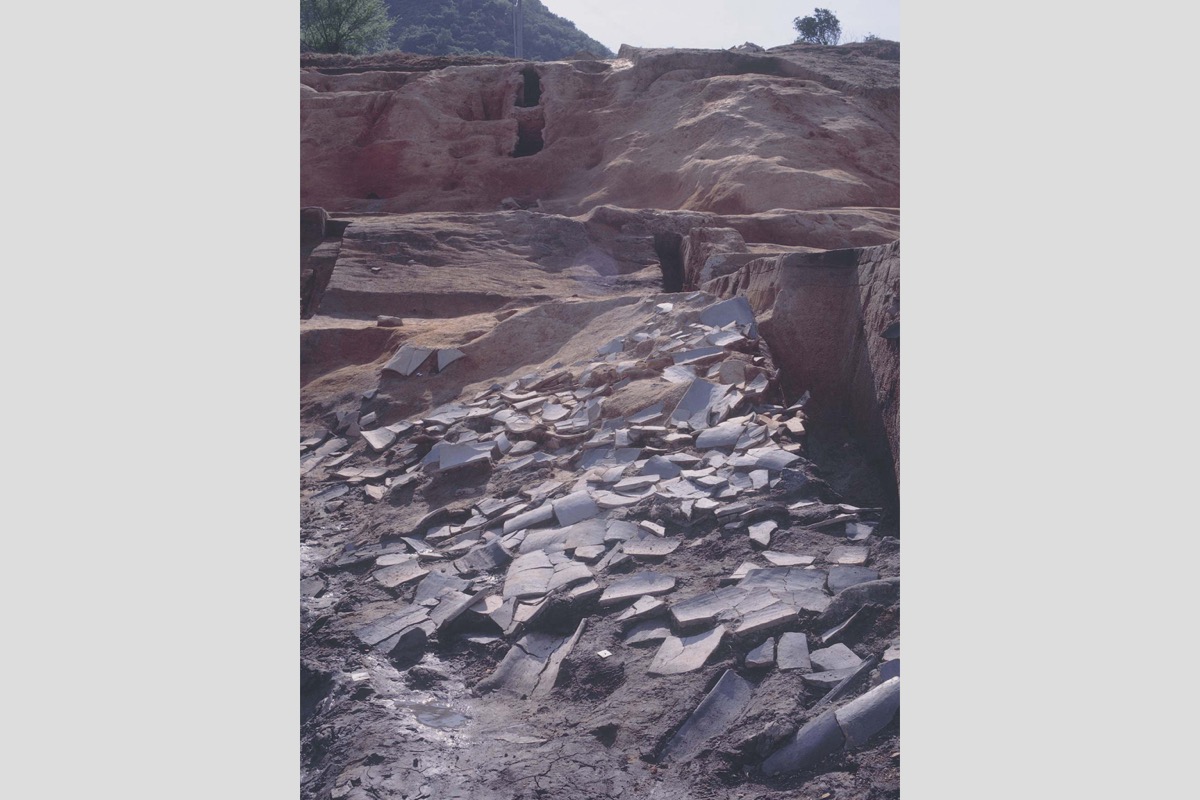Muneyoshi Gayo AtoMuneyoshi Roof Tile Kiln Historical Site
| District | Monuments | Period | ー |
|---|---|---|---|
| Set Content/Set Date | Historical Site・西暦1996.09.10 | ||
| Owner | Mitoyo City, others | Location | Aza-Muneyoshi, Yoshizu, Minocho, Mitoyo, Kagawa |
Muneyoshi Roof Tile Kiln Historical Site is the site of the oldest kiln dedicated to roof tile production in Shikoku, dating from between 650-700 (Asuka Period). With 24 kilns, this site engaged in large-scale production of roof tiles for the Fujiwarakyo Capital (Nara Prefecture) as well as for local temples.
Fujiwarakyo was completed in 694 under the orders of Empress Jito, and was the first Chinese-style capital in Japan. The walls and inner palace, called Fujiwara-kyu, were the first to be tiled.
More than two million tiles were required over a number of years for the capital's construction, and while other places outside the Yamato area such as Izumi (Osaka), Awaji (Hyogo Prefecture), Omi (Shiga Prefecture), and Sanuki (Kagawa Prefecture) produced tiles for the project, Muneyoshi Kiln was the furthest away from Fujiwarakyo.
It is believed that behind this production of roof tiles at Muneyoshi Kiln—nearly 200 kilometers from Fujiwarakyo—there may have been a powerful clan in the region with deep ties to the Yamato Court, and that there was an inlet reaching the vicinity of Muneyoshi Kiln that was suitable for transportation of tiles to Fujiwarakyo by boat.
Currently made into a historical park, visitors can see full-scale replicas of the kilns as well as items excavated from the site at the information center.

